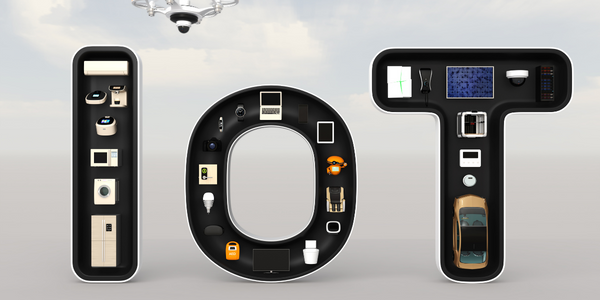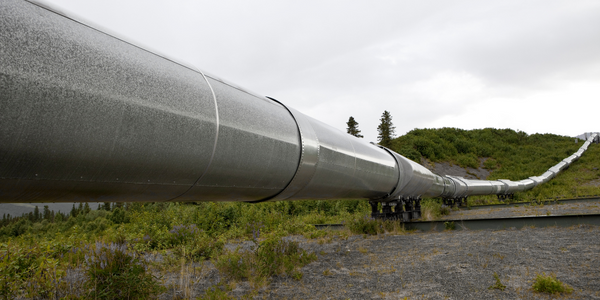Technology Category
- Platform as a Service (PaaS) - Application Development Platforms
- Sensors - Autonomous Driving Sensors
Applicable Industries
- Equipment & Machinery
- Oil & Gas
Applicable Functions
- Sales & Marketing
Use Cases
- Cybersecurity
- Time Sensitive Networking
Services
- System Integration
About The Customer
Deep Instinct is a cybersecurity company based in New York, NY, with around 300 employees. The company is at the forefront of cybersecurity, providing anti-malware and protection from unknown, “zero day” threats aimed at endpoint devices and business critical applications. Unlike other providers that protect against known viruses, Deep Instinct is unique in being able to detect and stop threats before they’re on anyone’s radar. The company uses deep learning to prevent viruses from launching, adhering to the belief that 'Once a virus launches, it’s already too late.'
The Challenge
Deep Instinct, a cybersecurity company, was facing a challenge in their marketing approach. The company, which specializes in providing anti-malware and protection from unknown threats, was under the leadership of a new VP who was keen on using tools, technology, and intent data for a targeted approach to the accounts they pursued. However, the marketing team was in the process of rebuilding and needed to evaluate the tools in their tech stack. They wanted to be able to map leads to accounts, identify anonymous web visitors, and tap into intent data from a variety of sources across the buyer’s journey. The challenge was to find a tool that could handle all these requirements efficiently and effectively.
The Solution
Deep Instinct decided to use Demandbase, a platform that could support their account-based marketing (ABM) needs. Demandbase became central to Deep Instinct’s marketing efforts and the source of truth their sales and marketing teams rallied around. The platform was used to build highly targeted account lists, automate and orchestrate cross-channel campaigns, and provide data and intelligence for their SDRs to analyze their accounts. It also provided insights around recent activity, journey stage, competitive intent keywords, and more to inform their strategies and pinpoint their hottest opportunities. These insights were automatically pushed into Salesforce, where their sellers live every day. Demandbase’s ability to automatically synchronize audiences to LinkedIn was another key differentiator that made it the preferred choice for Deep Instinct.
Operational Impact
Quantitative Benefit

Case Study missing?
Start adding your own!
Register with your work email and create a new case study profile for your business.
Related Case Studies.

Case Study
Smart Water Filtration Systems
Before working with Ayla Networks, Ozner was already using cloud connectivity to identify and solve water-filtration system malfunctions as well as to monitor filter cartridges for replacements.But, in June 2015, Ozner executives talked with Ayla about how the company might further improve its water systems with IoT technology. They liked what they heard from Ayla, but the executives needed to be sure that Ayla’s Agile IoT Platform provided the security and reliability Ozner required.

Case Study
IoT enabled Fleet Management with MindSphere
In view of growing competition, Gämmerler had a strong need to remain competitive via process optimization, reliability and gentle handling of printed products, even at highest press speeds. In addition, a digitalization initiative also included developing a key differentiation via data-driven services offers.

Case Study
Taking Oil and Gas Exploration to the Next Level
DownUnder GeoSolutions (DUG) wanted to increase computing performance by 5 to 10 times to improve seismic processing. The solution must build on current architecture software investments without sacrificing existing software and scale computing without scaling IT infrastructure costs.

Case Study
Predictive Maintenance for Industrial Chillers
For global leaders in the industrial chiller manufacturing, reliability of the entire production process is of the utmost importance. Chillers are refrigeration systems that produce ice water to provide cooling for a process or industrial application. One of those leaders sought a way to respond to asset performance issues, even before they occur. The intelligence to guarantee maximum reliability of cooling devices is embedded (pre-alarming). A pre-alarming phase means that the cooling device still works, but symptoms may appear, telling manufacturers that a failure is likely to occur in the near future. Chillers who are not internet connected at that moment, provide little insight in this pre-alarming phase.

Case Study
Premium Appliance Producer Innovates with Internet of Everything
Sub-Zero faced the largest product launch in the company’s history:It wanted to launch 60 new products as scheduled while simultaneously opening a new “greenfield” production facility, yet still adhering to stringent quality requirements and manage issues from new supply-chain partners. A the same time, it wanted to increase staff productivity time and collaboration while reducing travel and costs.








